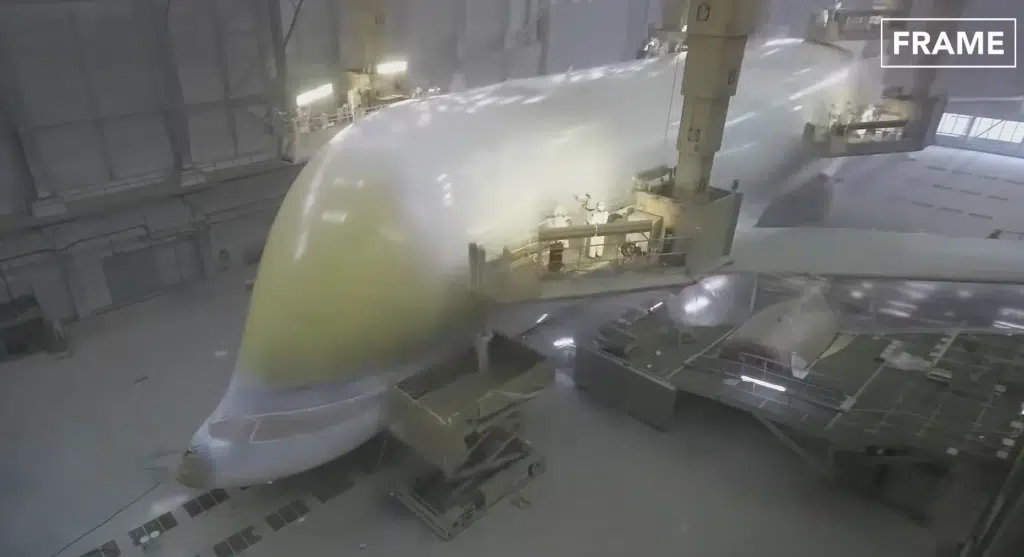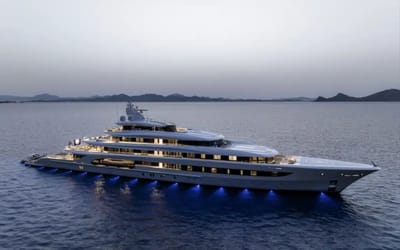Inside the factory that builds ‘weird’-looking Airbus Beluga
- This is how the Airbus Beluga is made
- The odd-looking plane is used to carry oversized cargo
- The super-sized Beluga XL joined the line up in 2020
Published on Sep 02, 2024 at 2:22 AM (UTC+4)
by Claire Reid
Last updated on Sep 03, 2024 at 4:09 PM (UTC+4)
Edited by
Tom Wood
Cool footage shows how the unusual-looking Airbus A300-600ST – better known as the Airbus Beluga – is created.
The oversized cargo plane was officially named the Super Transporter but has since been dubbed the Beluga due to its resemblance to the Beluga whale.
In 2020, the Airbus BelugaXL – an even larger model – was introduced to the fleet.
Thanks to their super size, the planes mainly transport aircraft parts and other large cargo loads.
DISCOVER SBX CARS: The global premium car auction platform powered by Supercar Blondie
The Airbus Beluga has a very unusual design
The Airbus Beluga is definitely one of the strangest-looking planes around – even a simple clip of one landing and taking off will have you questioning everything you thought you knew about planes.
Although they look quite different, the Belguas are based on the Airbus A330.
The wings, engines, landing gear, and the lower part of the fuselage are identical to those found on the A300. But the engines have had a boost compared to the A330 and the cockpit was moved to below the cargo-floor level to improve loading times.

The Beluga has a wingspan of 44.84 meters (147ft), a length of 56.15 meters (184ft 3in), and a height of 17.24 meters (56ft 7in).
It can carry a maximum payload of 40 metric tons.
Meanwhile, the BelugaXL has a wingspan of 60.3 meters (197ft), is 63.1 meters (207ft) long, and is 18.9 meters (62ft) high. It can carry up to 44 metric tons.
In case you’re still in any doubt, it’s big.
Watching the planes being built is quite mesmerizing
Footage shared by Frame on YouTube shows how the planes are made, with the human team making use of cutting-edge technology to get the aircraft built.
After the fuselage, tail structure, wings, and door of the plane are assembled, the aircraft is taxied to another facility where it will be tested.
Once testing is complete, the mammoth job of painting the Beluga can begin.
As you’d imagine, painting a plane is no mean feat – we’ve previously seen 34 workers spending 6,000 hours repainting an Emirates Airbus A380.
Many of the delicate jobs, such as applying silicon to mating edges, are done by hand, while machines and cranes are used to move around the extra-large parts and pieces to where they need to be.
Likewise, the important job is testing is carried out in partnership between humans and cutting-edge technology.
Clever stuff.

Claire Reid is a journalist who hails from the UK but is now living in New Zealand. She began her career after graduating with a degree in Journalism from Liverpool John Moore’s University and has more than a decade of experience, writing for both local newspapers and national news sites. Claire covers a wide variety of topics, with a special focus on cars, technology, planes, cryptocurrency, and luxury.




